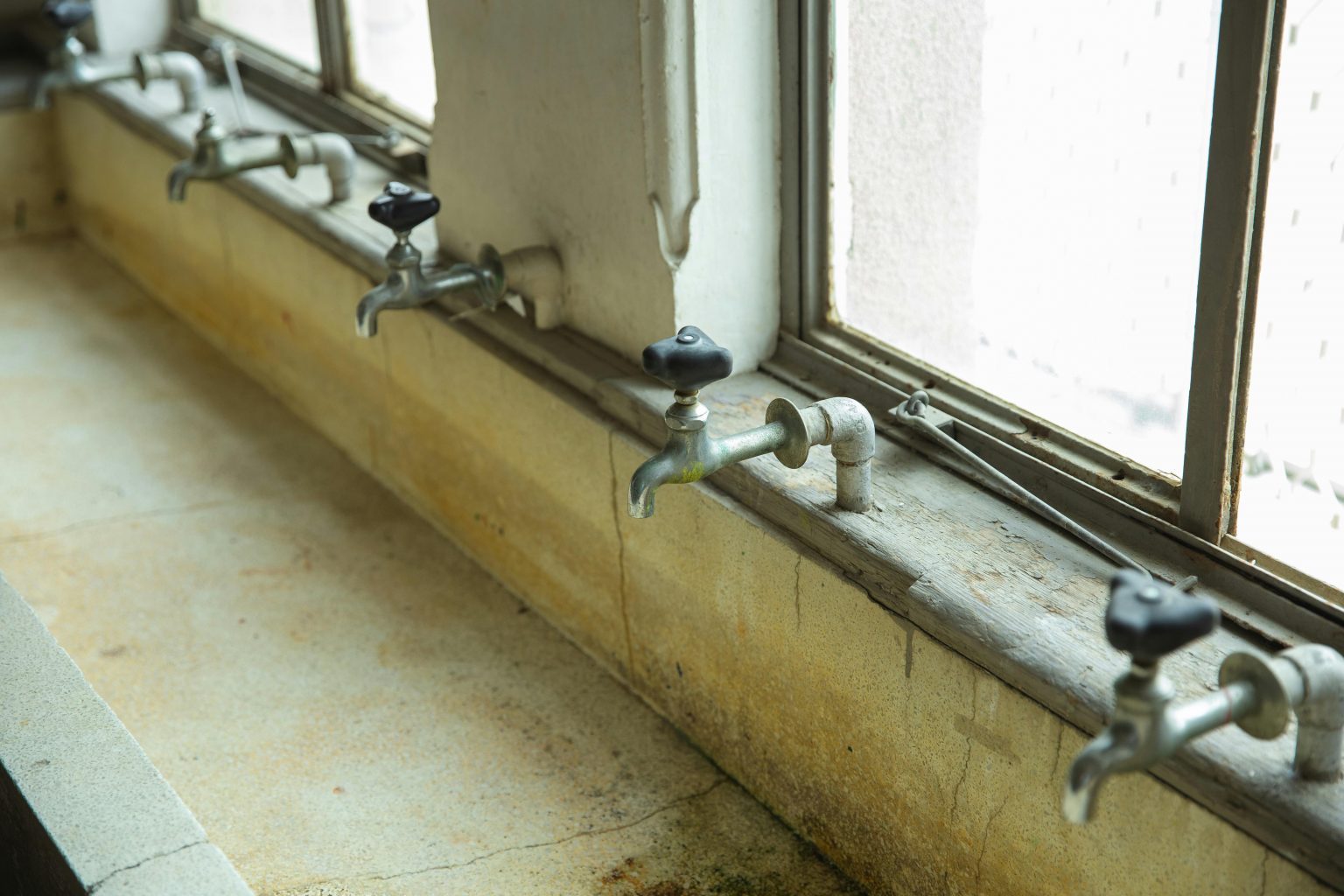Understanding Mold: Prevention and Remediation
Mold is a common problem in many households and can pose serious health risks if left unchecked. Understanding how mold grows, how to prevent it, and how to effectively remediate it is essential for maintaining a safe and healthy living environment. In this blog, we’ll explore the fundamentals of mold, its effects, and practical steps you can take to manage it.
What is Mold?
Mold is a type of fungus that thrives in moist environments. It can appear in various colors, including black, green, white, and yellow, and often has a fuzzy or slimy texture. Mold spores are present in the air around us and can easily enter our homes. When these spores land on a damp surface, they can grow and reproduce, leading to larger infestations.
Common Types of Mold
- Aspergillus: Often found in soil and decaying matter, this mold can trigger allergies and respiratory issues.
- Penicillium: Known for its blue or green color, it often grows on food and damp walls.
- Stachybotrys (Black Mold): A toxic mold that can produce mycotoxins and is often associated with water damage.
Health Risks Associated with Mold
Mold exposure can lead to various health problems, particularly for those with respiratory conditions, allergies, or weakened immune systems. Symptoms may include:
- Coughing and sneezing
- Skin irritation
- Nasal congestion
- Eye irritation
- Fatigue and headaches
Long-term exposure can lead to more serious health issues, making prevention and remediation crucial.
Prevention: Keeping Mold at Bay
- Control Humidity Levels: Keep indoor humidity between 30% and 50%. Use dehumidifiers in damp areas like basements.
- Ensure Proper Ventilation: Use exhaust fans in bathrooms and kitchens to reduce moisture. Open windows when weather permits.
- Fix Leaks Promptly: Repair any leaks in roofs, walls, or plumbing to prevent moisture buildup.
- Insulate: Insulate walls and pipes to prevent condensation, especially in colder climates.
- Use Mold-Resistant Products: When renovating, consider using mold-resistant drywall and paint.
Remediation: Dealing with Mold
If you discover mold in your home, it’s essential to address it quickly. Here’s a step-by-step guide to effective remediation:
1. Assess the Situation
Identify the extent of the mold growth. If it covers more than 10 square feet, it may be best to hire a professional.
2. Wear Protective Gear
Before starting remediation, wear gloves, goggles, and a mask to protect yourself from mold spores.
3. Contain the Area
Seal off the affected area to prevent spores from spreading. Use plastic sheeting to cover doors and vents.
4. Remove Affected Materials
For porous materials like drywall and carpeting that are heavily infested, removal may be necessary. Dispose of these materials in sealed bags.
5. Clean Surfaces
For non-porous surfaces, scrub with a mixture of water and detergent, or a mold-specific cleaner. Ensure thorough drying afterward.
6. Dry the Area
Use fans and dehumidifiers to dry the area completely. Mold thrives in moisture, so ensuring dryness is crucial.
7. Monitor for Recurrence
Keep an eye on the area for any signs of mold returning. Regular inspections can help catch issues early.
When to Call a Professional
If the mold is extensive, or if you have health concerns, it’s wise to consult a mold remediation specialist. Professionals have the tools and expertise to safely and effectively remove mold, ensuring your home is safe.
Conclusion
Understanding mold is the first step in preventing and managing it effectively. By controlling moisture, addressing leaks promptly, and knowing how to remediate mold when it appears, you can create a healthier living environment. Stay vigilant, and don’t hesitate to seek professional help if needed. Your health and safety are worth it!
